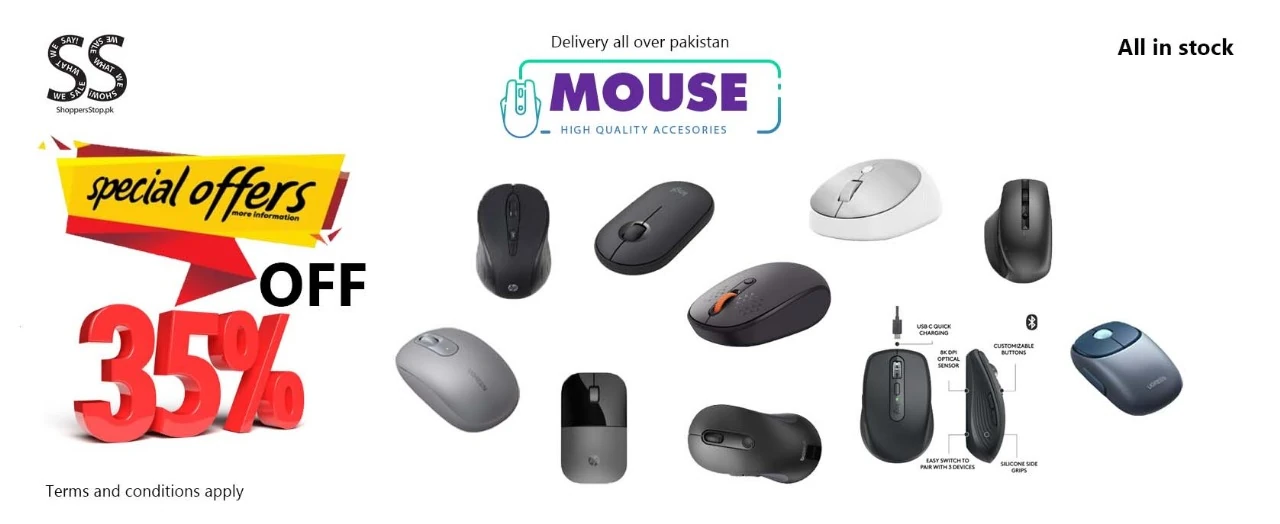Mouses are essential input devices that facilitate the interaction between users and computers or other digital devices. They play a crucial role in enabling users to navigate graphical user interfaces seamlessly, select items, and execute various commands with ease. Mouses come in a wide array of designs, sizes, and functionalities, catering to a diverse range of user preferences and specific computing needs. Over the years, the evolution of mouse technology has led to the development of both wired and wireless options, as well as specialized features aimed at enhancing the user experience across different tasks and applications.
About Mouses
Mouses serve as a primary means of controlling a cursor on the screen, thereby facilitating various essential tasks such as clicking, dragging, and scrolling. Most mouses feature buttons and a scroll wheel, providing users with the ability to perform actions with precision and speed. The choice of mouse can significantly influence productivity, ergonomics, and overall comfort. This is particularly relevant based on the user’s specific requirements, which may range from gaming and professional design work to general office tasks.
As technology continues to advance, mouses have evolved to incorporate numerous innovative features. For instance, many mouses now utilize optical and laser tracking technologies, providing users with accurate cursor movement on various surfaces. Moreover, customizable buttons have become a standard feature, allowing users to tailor their mouse settings to enhance functionality and efficiency. Ergonomic designs are also prevalent, aiming to promote comfort during prolonged use, which is essential for maintaining productivity and reducing strain during extended computing sessions.
Common Product Types and Features
- Wired and wireless options are available, offering flexibility in connectivity for different user preferences and environments.
- Optical and laser sensors ensure accurate cursor movement across a range of surfaces, making them suitable for diverse workspaces.
- Ergonomic designs are specifically crafted to promote comfort and reduce the risk of repetitive strain injuries during long periods of use.
- Programmable buttons allow users to increase functionality and efficiency by customizing their mouse to suit specific tasks or software applications.
- Compact and travel-friendly designs cater to users on the go, making it easy to carry mouses in bags or briefcases.
- Gaming mouses often come equipped with high DPI (dots per inch) settings, enhancing performance and responsiveness for gamers who require precision during gameplay.
- Multi-device support is another feature that enables users to connect their mouses to multiple computers or tablets, allowing for seamless transitions between devices.
In conclusion, mouses are vital tools that enhance the interaction between users and digital devices. Their design and functionality continue to evolve, accommodating a wide range of user needs and preferences. Whether for casual browsing, professional tasks, or gaming, the right mouse can make a significant difference in the overall computing experience. As technology progresses, users can expect even more innovative features and improvements in mouse design, further enhancing how we interact with computers and digital devices in our daily lives.

